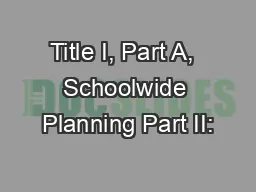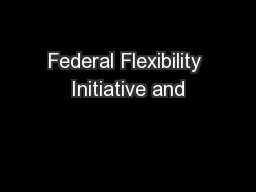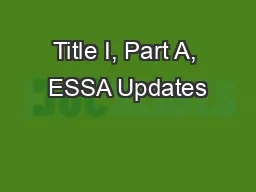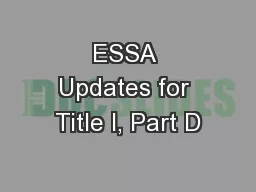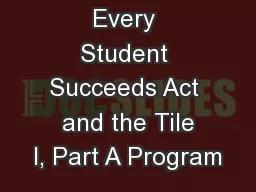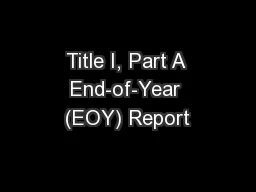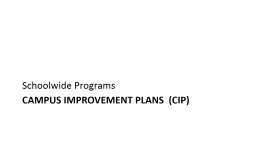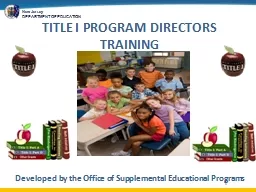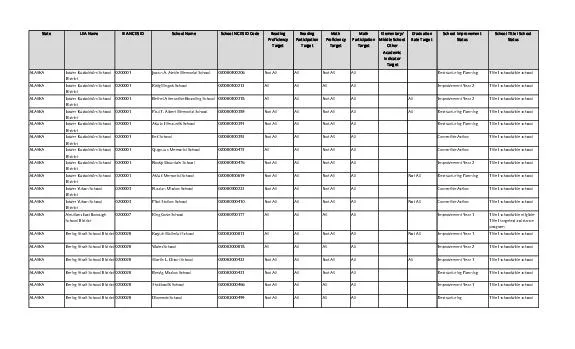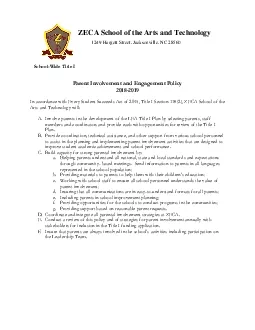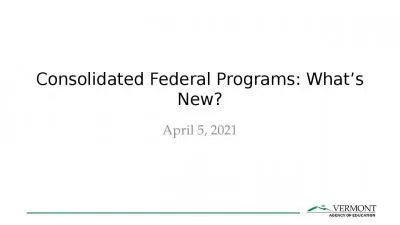PPT-Title I, Part A, Schoolwide Planning Part II:
Author : yoshiko-marsland | Published Date : 2018-03-20
Goal Setting Title I University November 2014 Virginia Department of Education Office of Program Administration and Accountability Objectives for Todays Session
Presentation Embed Code
Download Presentation
Download Presentation The PPT/PDF document "Title I, Part A, Schoolwide Planning Pa..." is the property of its rightful owner. Permission is granted to download and print the materials on this website for personal, non-commercial use only, and to display it on your personal computer provided you do not modify the materials and that you retain all copyright notices contained in the materials. By downloading content from our website, you accept the terms of this agreement.
Title I, Part A, Schoolwide Planning Part II:: Transcript
Download Rules Of Document
"Title I, Part A, Schoolwide Planning Part II:"The content belongs to its owner. You may download and print it for personal use, without modification, and keep all copyright notices. By downloading, you agree to these terms.
Related Documents

